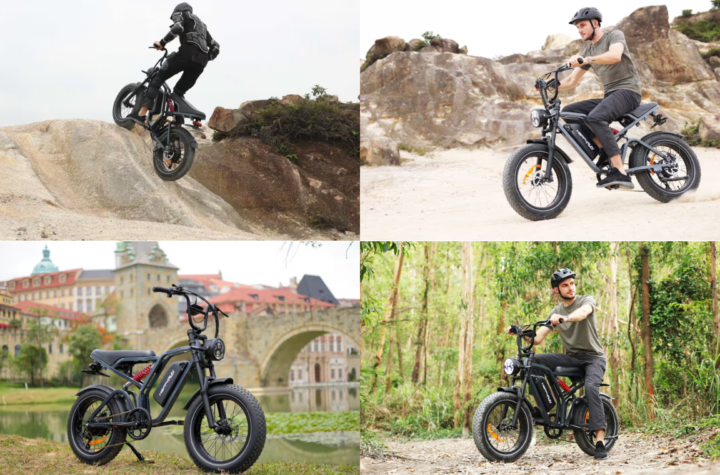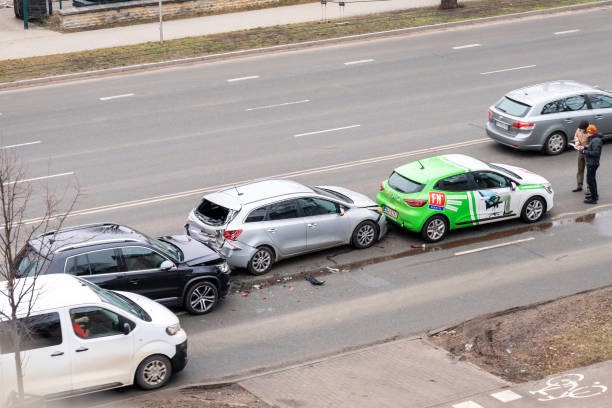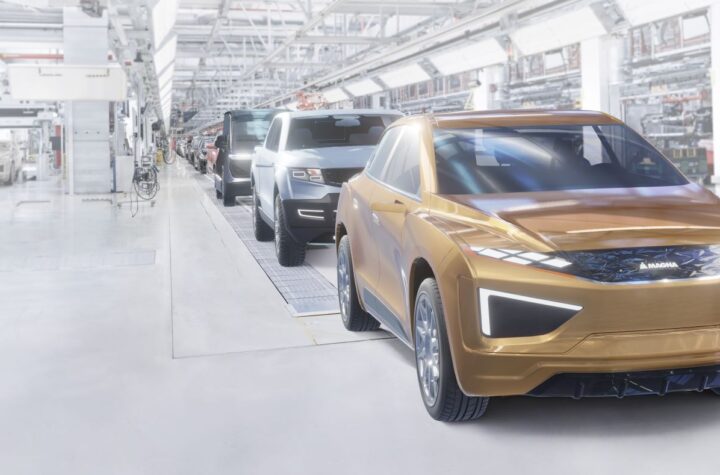
Blast from the Past
Ispat Inland’s old No. 7 blast furnace is relined and on line for another 25 years of steel making.
 |
| Roy Platz, director of marketing at Ispat Inland says that there’s still money to be made on the ‘hot side’ of steel making. |
Converting iron oxides into liquid iron, a blast furnace is the fundamental step in integrated steel making. Two-thirds of Ispat Inland’s appetite for iron slab is fed by the No. 7 blast furnace in East Chicago, Ind.
Upgraded since the original rated capacity of 7,000 tons per day to more than 10,000, No. 7 was fired up again in early October and will continue to produce metal for the next 20-25 years before another reline is needed. It is the largest blast furnace in North America and the lion’s share of its production ends up on automobiles built by virtually all North American producers.
Automotive Industries visited recently with Roy Platz, director of Inland Ispat’s marketing department, to discuss the significance and strategy behind the hugh investment.
Q. There hasn’t been a great deal of investment in the “hot side” of integrated steelmaking in the U.S. in recent years. What compelled Ispat Inland to take the plunge at this time?
A. The decision is simply consistent with our vision of Ispat Inland as an integrated steelmaker. We think there’s money to be made on the hot side and we do it well. It’s important for us to control the hot end through finishing to support our strategic customer base. But this project also demonstrates our commitment to support our customers now and into the foreseeable future.v Perhaps you have to be in steel making to fully appreciate it, but this is truly a ‘generational’ event. I won’t see it happen again in my career and most of the people I work with won’t see it happen again either.
Q. There are other approaches to steel making. You could start with scrap material, or buy slab for that matter. Is it a matter of just being in total control?
A. Control does have advantages. But to us it’s more a matter of creating and hanging on to the value added and this updated blast furnace is much more efficient and productive, a world class, highly competitive operation. We did have to buy some slabs while No. 7 was down but we prefer to produce them ourselves. We don’t want to become a converter.
Q. So does that vision also preclude using scrap metal for charging?
A. Not entirely, but the scrap metal business puts you very much at risk today and for some years to come. The world price for scrap is up maybe $70 a ton from a year ago. In its burgeoning steel making industry, China is soaking up more and more scrap and ore every month. They are importing more steel than ever and making more steel than ever. Even greater growth is projected so I don’t see scrap prices moderating anytime soon. China’s growth is also driving a 75-80 percent increase in the cost of ocean going freight. The blast furnace has the flexibility to use both ore and scrap.
Q. How long was the East Chicago operation out of commission? How did you avoid disruptions in production?
A. It was a massive project and everyone’s happy it’s behind us. The planning was solid and it paid off. For our customers, it was business as usual. It had to be that way. We scheduled 80 days for completion and made sure we got it done within that time. Some 1,350 additional engineers, technicians and workers were involved at some point in completing the fully rejuvenated, much upgraded facility.
Q. How many other blast furnaces does Ispat Inland currently operate?
A. We have two other blast furnaces currently in operation and their combined output supplies only one-third of our requirement, a total of about 5,000 tons per day.
Q. How was the funding for this project handled, locally or through Ispat International?
A. The capital requirements, over $100 million with additional cost like purchasing slabs during the downtime, are all self generated here by the North American operation. We have that “think global, act local” approach to life, but we do turn to corporate for some of the knowledge and engineering requirements. Obviously they have to approve a project like this but there was an excellent business case for doing this and so we went ahead.
Q. What are your automotive customers going to see that’s different as a result of this project?
A. This is a very sophisticated facility and will produce higher quality iron more efficiently and with less impact on the environment. But the main thing is that we demonstrate to our customers that we have and will step up our operations to provide them with value and service for at least the next 20-25 years.













More Stories
From Gasoline Powered Cars To Electric Vehicles | Electric Moped Bike A Best Alternative
Rubbernecking: A Silly Reason for Car Accidents
Flexible Magna Manufacturing Solutions: The Key to Success in the Automotive Industry